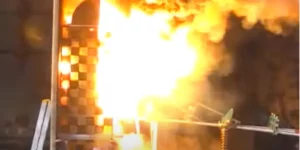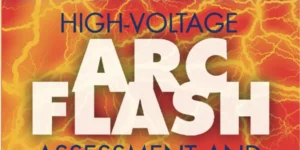Understanding the Difference Between Codes and Standards
In the field of electrical engineering, the terms Code and Standard are frequently used—often interchangeably by those unfamiliar with their precise roles. However, understanding the difference between these two is …




